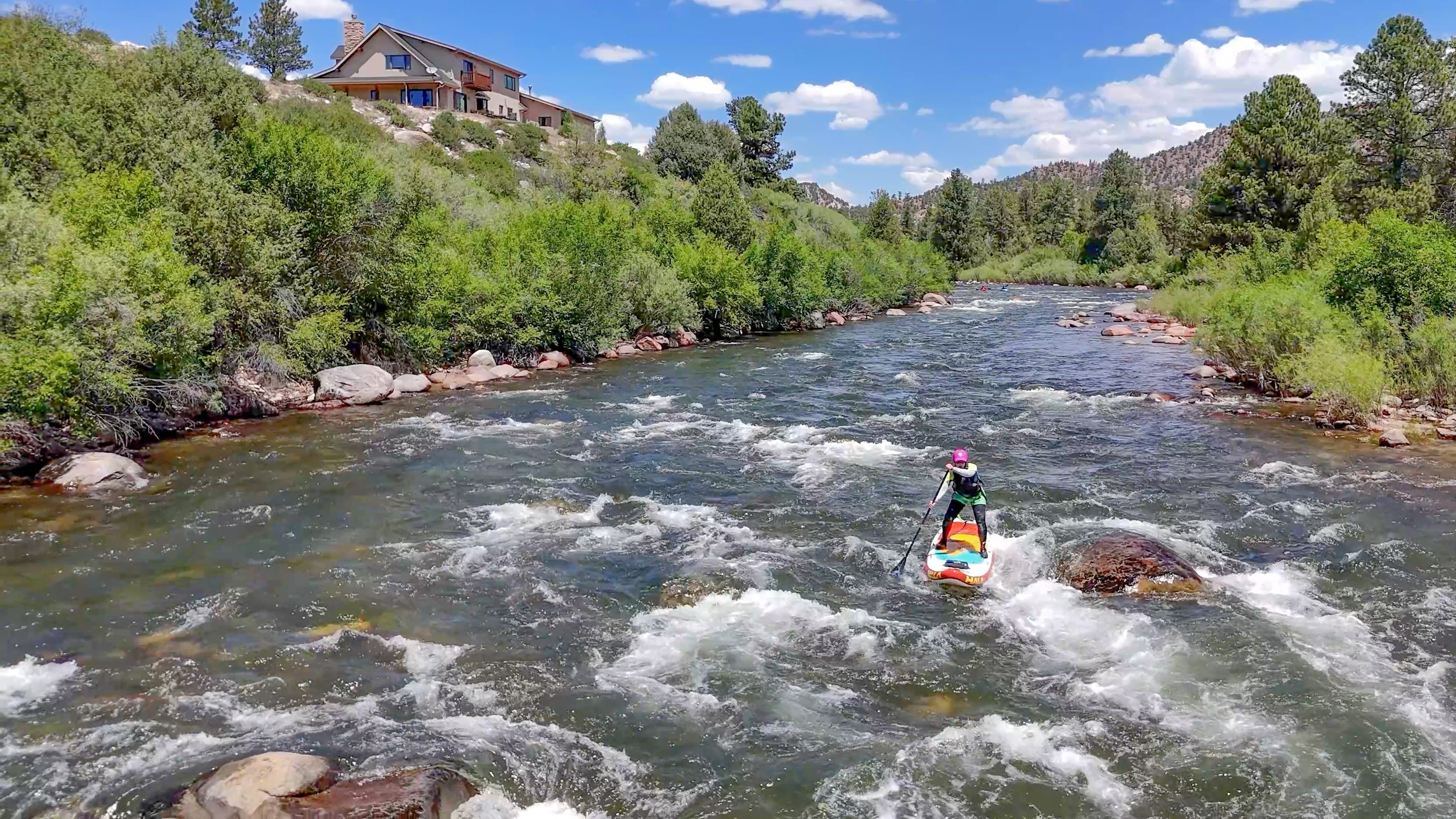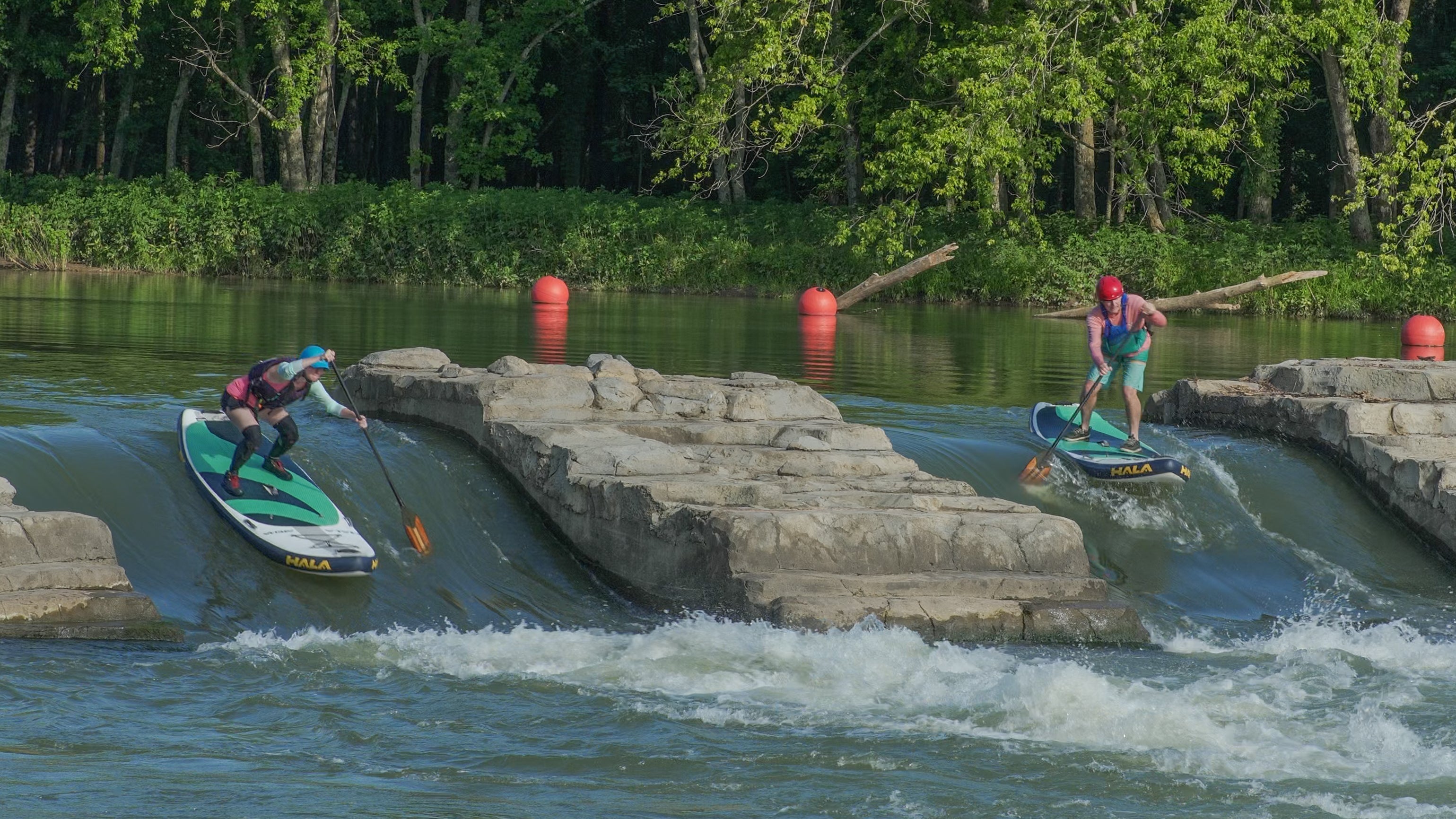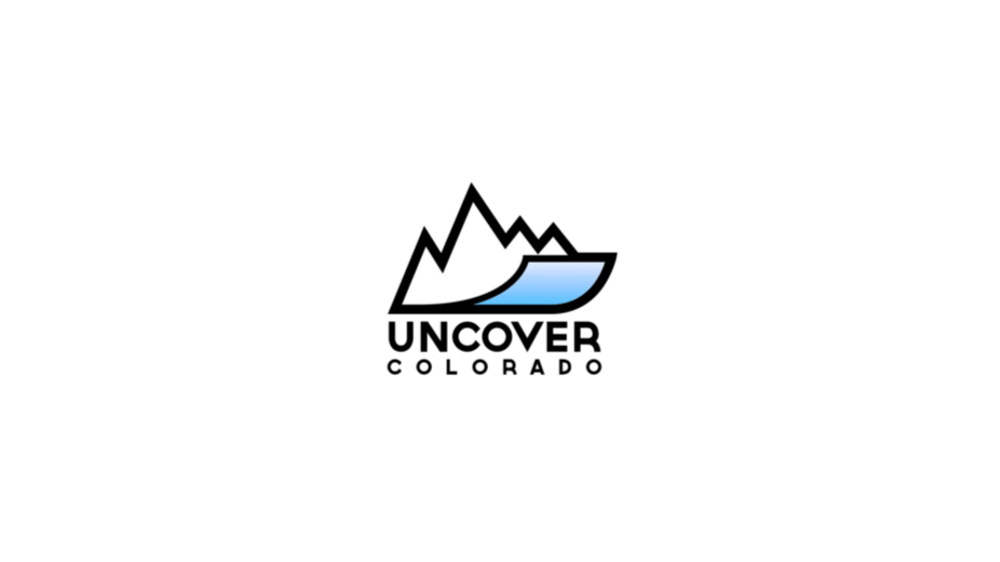
Whitewater SUP Paddling the Arkansas: Fractions & Browns Canyon
There’s something wild and rewarding about paddling whitewater on a stand-up paddleboard. For Meghan Christian and me, running the Fractions and Browns Canyon sections of the Arkansas River in Colorado was exactly that, a test piece for committed river SUP paddlers seeking technical challenge, big scenery, and that sweet mix of fear and flow.
Much thanks to local Colorado SUP paddlers Jamie Lee and Trinity Wall for showing us the lines! Some consider Colorado the epicenter for river paddle boarding. In some ways I agree because of the quality of rivers and the stoke within the paddling community
Fractions and Browns Canyon are not beginner-friendly. On a board, you need to be an intermediate‑plus paddler: confident in your navigation, ready with self‑rescue, and able to bounce back quickly from mistakes. Techy whitewater, ledge drops, and tight rock gardens make the margin for error slim. But the reward — running features on a board, reading the line, dancing around boulders — is deeply satisfying.
Below is a suggested structure for your blog, including rapid names, staging logistics, gear notes, and paddling tips.
Why Fractions & Browns Are SUP Destinations
-
The Fractions section is more technical and compact, with continuous boulder gardens and tight squeezes. It’s a playground for precise maneuvers, eddy‑hopping, and risk control.
-
Browns Canyon, meanwhile, offers a more sustained paddling experience with a mix of class III features, ledge drops, and scenic canyon context. It has more breathing room between obstacles (though it still demands full focus).
-
Together, they form a kind of progression: Fractions hones your precision under pressure; Browns lets you stretch your lines with more style and endurance.
-
For SUP paddlers, they are destination runs, not necessarily the first foray into whitewater, but ones that test your skills, gear, and resolve.
Where and When
Buena Vista, Colorado is the nearest town. There are outfitters, funky shops, great restaurants, and fun people here.
We found easy boon-dock van-camping at nearby BLM land. There are motels for those not camping.
Fractions is north of town.The take out is at the whitewater park entering town.
Browns is south, between BV and Salida.
Gear & Safety: The Whitewater SUP Protocol
When you step into these sections, your gear becomes as critical as your stroke technique.
-
Use a river‑specific board. For example, Hala Atcha, with its retractable fin system (the StompBox}.
-
Wear the river SUP uniform “SHIPPS” (as I call it): Shoes (sturdy river footwear), Helmet, Insulation (wetsuit /drysuit, neoprene layers as needed), PFD, Padding,, and Signaling devise — typically a whistle.
-
If using a leash (I almost always use a leash) make sure it’s a quick-release leash system worn above the waist.:Know how it works. Practice with it. Inspect your own gear and have eyes on your partner’s equipment as well.
-
These are mostly read-and-run sections. Zoom Flume in Brown’s is worth a scout.
-
Because these are popular for all sorts of whitewater boats including rafts and kayaks, be conscious of being part of the larger community of paddlers. Have a throw-rope and be capable of using it. Paddle boards make excellent rescue craft for gathering swimmers.
Logistics & Running Notes
Below is a rough layout of put-ins, take‑outs, and known rapids or features. Use up‑to-date guidebooks, Strava/Flow maps, or local beta before you go.
Fractions Section
-
Section Class / Character: Class III, technical, continuous. Snoflo Climate Research+1
-
Approx Length: ~7.0 miles (varies with exact start and end) Snoflo Climate Research
-
Key Rapids / Features:
-
Miracle Mile – a mile-long series of rock garden rapids
-
House Rock – a big old rock with a clean line to the left, but expect ricocheting off the rock.
-
Put-in / Take-out Suggestions:
-
Many guided runs use a Railroad Bridge or upstream launch location near Buena Vista. coloradowhitewater.org+2Colorado Parks and Wildlife+2
-
End at a suitable access near town (Buena Vista) with shuttle support.
-
Water / Flow Notes:
-
Best flows ~ 700–1,300 cfs. Snoflo Climate Research+1
-
At lower flow, rock gardens become more exposed, line choices narrower.
-
At higher flows, holes deepen, and sieves/undercuts pose greater risk.
Browns Canyon Section
-
Section Class / Character: Primarily Class III (these days often rated II–III), with more serious features when flows rise. Whitewater Guidebook+2RiverBent+2
-
Typical Length: 8 to 14 miles, depending on put‑in/take‑out choices. Whitewater Guidebook
-
Trail / Scenic Context: Browns Canyon is designated a national monument. The canyon walls, granite formations, pine forests, and mountain backdrop make it one of the more scenic Arkansas stretches. Whitewater Guidebook+2RiverBent+2
-
Put-ins / Take-outs:
-
Put-in: Fisherman’s Bridge is the standard. There’s a parking lot and a slide/rail system to launch boats. RiverBent+3Whitewater Guidebook+3RiverBent+3
-
Alternative: Ruby Mountain Campground is sometimes used as a low-water alternative. Whitewater Guidebook+1
-
Take-out:
-
Hecla Junction is common, especially to avoid tougher downstream features. Whitewater Guidebook+2RiverBent+2
-
Stone Bridge is the classic downstream take-out, but when flows exceed ~5,500 cfs, Stone Bridge becomes dangerous / portage is required. Whitewater Guidebook
-
Major Rapids / Features (ordered downstream):
-
Canyon Doors (Class III) — a good wave / breaking feature, often scoutable on river right. Whitewater Guidebook
-
Pinball (Class III) — technical, boulder traffic, with lateral wave(s) at higher flows. At low water, navigation is tight. Whitewater Guidebook
-
Widowmaker (Class II / tricky boulder jam) — a boulder maze “pick-your-line” rapid. The “Toilet Bowl” may appear at low flows (a swirling feature) near it. Whitewater Guidebook
-
Zoom Flume (Class III) – a long straight forward rapid with several holes and drops. The cleaner line in left-center.
-
Seidel’s Suckhole (Class IV) — a serious feature at higher flows. Usually run left, but beware the flipping hole. At medium/low flows it's more manageable. Whitewater Guidebook
-
Twin Falls (Class III) — two drop waves in sequence; fun, but requires proper line. Whitewater Guidebook
-
Water / Flow Considerations:
-
The safe operating window for rafting is often ~350 to 3,500 cfs; beyond 5,000 cfs things become dicey. Whitewater Guidebook+1
-
Below ~700 cfs, many rocks become exposed, lines narrow, “scrapiness” increases. RiverBent+1
Above ~3,000 cfs, holes deepen, eddies get messy, and the margin for mistakes shrinks. RiverBent+1
Boards Used on This Adventure





Leave a comment
This site is protected by hCaptcha and the hCaptcha Privacy Policy and Terms of Service apply.